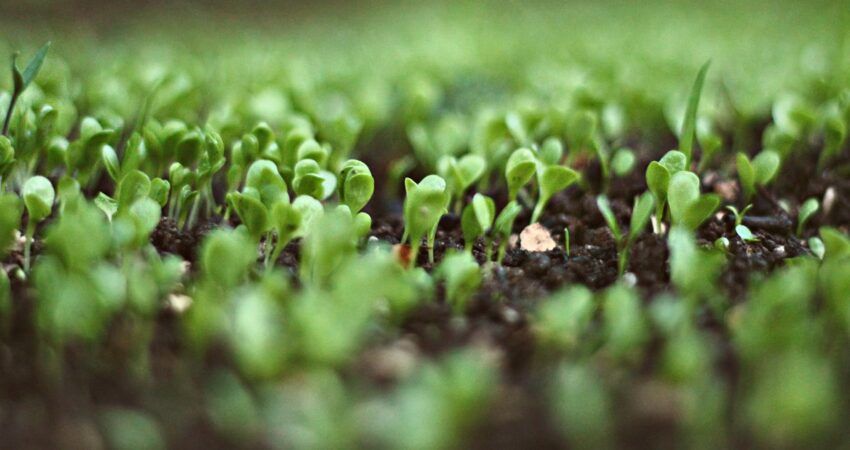
Microleaves – how to grow them to be profitable
Microgreens – how to grow them to benefit?
Microleaves are the leaves of plants collected before ripening, seedlings of various edible plants which visually may remind us of the well-known cress. They are characterized by rich nutritional and aesthetic qualities. However, it is only recently that we are hearing more about them. What you should know about them? How to grow them?
Microleaves – what you should know
Microleaves can be made from plants such as: spinach, rocket, courgette, kale, watercress, mint, sunflower, coriander and many others. Of course, not everyone knows how to obtain this form of plants – then with help comes the organic food wholesale, where you can find microleaves of many species. Their remarkable health-promoting properties attract attention. Microleaves are a rich source of nutrients and vitamins. They can contain up to several tens of times more than mature forms. They are also rich in polyphenols which have strong antioxidant properties and reduce the risk of cardiovascular diseases and cancer. Microleafs are also allies in getting rid of excess weight, as indicated by studies carried out in this area. They also have cholesterol-lowering effects in the blood. Just by consuming a serving or two a day, you can enjoy better health not only for your body but also for your mind. The polyphenols contained in microleaves help to reduce the risk of Alzheimer’s disease.
Cultivation of microleaves
Microgreens became popular only a few years ago, although they have been cultivated since the 1980s. The last century. Due to the healthy eating trend of recent years, their potential has been recognized. Growing microgreens can be done by amateurs, but there are a few rules to keep in mind and make sure that the conditions are as optimal as possible. They are best grown under greenhouse conditions on trays or containers that are filled with peat substrate. As far as the substrate is concerned, microflowers are not very demanding and can be grown on different types of soil, depending on the plant species. The basis is to provide the plants with adequate sunlight. Of course it is not obligatory to have a greenhouse, but microcuttings will grow much better on a well-lit windowsill than in a dark place where they may not even germinate.
To plant these plants you will need seeds, which offers organic food wholesale. Microleaves are the perfect plant for the impatient. They are harvested one to two weeks after germination. However, it is worth remembering that their shelf life is also relatively short. Because of this, they are best used within a few days of harvesting. A definite advantage of microleaves is that they can be grown all year round. They grow indoors, so their production is not dependent on weather conditions. Is it profitable to grow microgreens? Considering the price of their packaging, we can clearly say yes. However, for growers who want to grow them on a large scale, greenhouse experience is essential. Such a short crop cycle means that there are far fewer options for these plants. It is also necessary to use them quickly, which also involves a certain limitation. However, micro-liquids carry great potential, if only because of the increasing popularity of healthy eating.
Micro leaf is a real revolution of the last years. The abundance of nutrients and vitamins contained in small portions of the leaves of plants we have known for centuries. They are a great addition to sandwiches or salads. Moreover, their production can be really profitable and not at all demanding.

